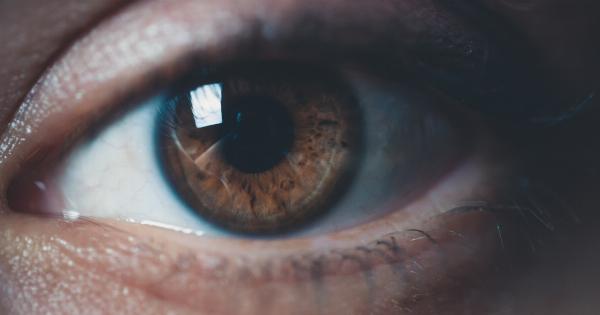Myopia, also known as nearsightedness, is a common eye condition among children and young adults, and its prevalence has been on the rise in recent years. The condition causes distant objects to appear blurry, while close-up objects can be seen clearly.
It is typically corrected with glasses, contact lenses, or refractive surgery. However, there is a growing movement against myopia in children that seeks to prevent, or at least slow down, its development.
What Causes Myopia?
The exact causes of myopia are not entirely understood, but it is believed to be a combination of genetic and environmental factors.
Some studies suggest that the increasing use of electronic devices and the reduced amount of outdoor time may contribute to the development of myopia in children.
The Risks of Myopia in Children
While myopia is not a life-threatening condition, it can have a significant impact on a child’s quality of life.
Myopia can make it difficult for children to see the board in school, participate in sports, and even enjoy simple activities like reading. Untreated myopia can also lead to more serious eye conditions, such as retinal detachment, cataracts, and glaucoma, later in life.
The Glasses-Free Movement
The glasses-free movement is a growing trend that seeks to prevent or reduce myopia in children by promoting outdoor activities, reducing screen time, and providing eye exercises.
The movement is based on the idea that excessive near work, such as reading or using electronic devices, is a major contributing factor to the development of myopia in children. By encouraging children to spend more time outdoors and engaging in activities that require distance vision, the movement hopes to prevent or at least slow down the progression of myopia.
Outdoor Activities and Myopia Prevention
Studies have shown that spending time outdoors can have a significant impact on the development of myopia in children. Spending just two hours a day outside can reduce the risk of myopia by up to 50%.
The theory behind this is that sunlight triggers the release of dopamine in the eye, which helps to regulate eye growth. In contrast, spending too much time indoors, where the lighting is often poor, can contribute to the development of myopia.
Reducing Screen Time
The glasses-free movement also advocates reducing screen time, especially in young children, to prevent or reduce the risk of myopia.
Studies have shown that excessive use of electronic devices can contribute to the development of myopia, as well as other eye conditions, such as dry eye and eye strain. The movement encourages parents to limit their child’s screen time, especially before bedtime, and to encourage other activities, such as reading, playing outside, or engaging in creative play.
Eye Exercises and Myopia Prevention
The glasses-free movement also promotes eye exercises as a way to prevent or reduce the risk of myopia. Eye exercises, such as the Bates method or the Gobind Khorana technique, are designed to help strengthen the eye muscles and improve focus.
While there is limited scientific evidence to support the effectiveness of these exercises, advocates of the glasses-free movement believe that they can help reduce the risk of myopia, especially when combined with other preventive measures, such as outdoor activities and reduced screen time.
The Role of Nutrition in Myopia Prevention
While the glasses-free movement focuses primarily on environmental factors, there is growing evidence that nutrition may also play a role in the development of myopia.
Some studies suggest that a diet high in omega-3 fatty acids, vitamin D, and antioxidants may help reduce the risk of myopia in children. Advocates of the glasses-free movement encourage parents to provide a balanced and nutritious diet for their children, with plenty of fruits, vegetables, and whole grains.
The Bottom Line
The glasses-free movement is a growing trend that seeks to prevent or reduce myopia in children through environmental factors, such as outdoor activities, reduced screen time, and eye exercises.
While there is limited scientific evidence to support the effectiveness of some of these methods, many parents and eye care professionals believe that they can help reduce the risk of myopia, especially when combined with good nutrition and regular eye exams.




























